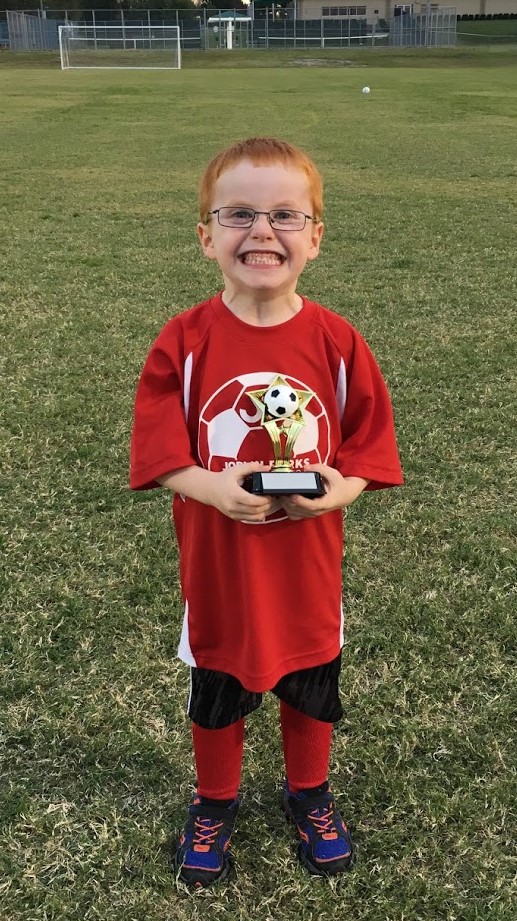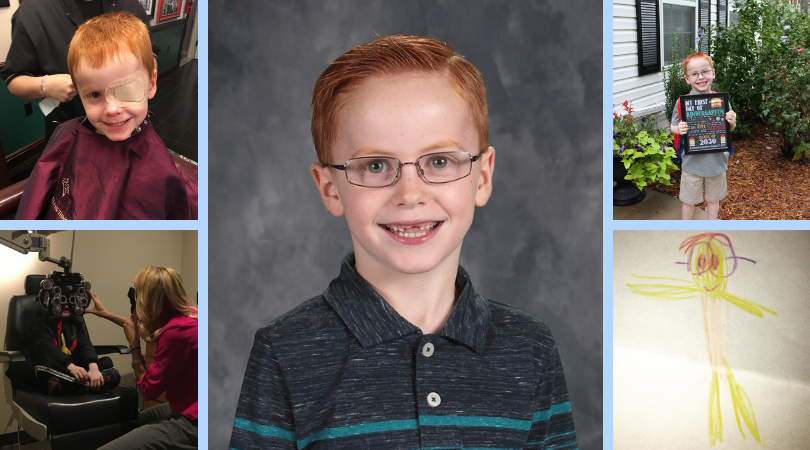Jameson is creative, independent, friendly and incredibly smart. He loves to read, enjoys all things superhero and builds intricate LEGO structures that would rival the Batcave, itself. Just a few years ago, Jameson was screened by KidSight. You may remember him from the story that we wrote right after his screening in 2016. We recently spoke to Jameson’s mother, Carla, and wanted to know: What is the long-term impact of a KidSight screening?
 Jameson has always been exceptionally smart and advanced for his age. He passed a pre-k vision screening that was done with an eye chart and his parents did not have any concerns about his vision. One afternoon, his mother picked him up from preschool and was told that he did not pass his KidSight vision screening due to concerns with the vision in his right eye. “I remember being stunned and confused. I’ve never had vision issues, so the fact my child might have had something wrong scared me.” Carla immediately scheduled an appointment with their optometrist. On the way home from preschool, she asked Jameson what he could see if he closed his left eye and he told her that it was just blurry.
Jameson has always been exceptionally smart and advanced for his age. He passed a pre-k vision screening that was done with an eye chart and his parents did not have any concerns about his vision. One afternoon, his mother picked him up from preschool and was told that he did not pass his KidSight vision screening due to concerns with the vision in his right eye. “I remember being stunned and confused. I’ve never had vision issues, so the fact my child might have had something wrong scared me.” Carla immediately scheduled an appointment with their optometrist. On the way home from preschool, she asked Jameson what he could see if he closed his left eye and he told her that it was just blurry.
Refractive amblyopia (aka lazy eye) develops when there is unequal power between the eyes – meaning one eye is stronger than the other. Jameson was diagnosed with refractive amblyopia in his right eye. “The way the doctor described it to us was that while he was developing as a baby/toddler, his brain essentially shut off his right eye because it wasn’t strengthening as quickly and developed the left eye normally.” At the time of diagnosis, Jameson had no depth perception and the vision in his right eye was poor.

Jameson was prescribed glasses to wear full time and began patching his left (good) eye for 6 hours a day. Patching his left eye forced his brain to use and exercise the right (bad) eye. Jameson patched from May 2016 to August 2017, slowly decreasing the amount of time as his vision improved. They have seen a drastic improvement in his depth perception – which helps Jameson judge distance when playing soccer and allows him to enjoy 3D movies. His mom told us, “We now return to the optometrist for our yearly check-up and there has been no regression. It’s essential he wears his glasses any time he’s awake to prevent regression.”
So, how would Jameson’s story be different if KidSight hadn’t provided free screenings at his preschool? “We’ve talked to several friends, family, and coworkers, who have said their lifelong vision issues weren’t detected until they were in upper elementary or middle school, and there wasn’t much to be done except for glasses. If it wasn’t for KidSight, there’s a good chance we wouldn’t have known about his issue until he was older (or too late for treatment).” Jameson’s family chooses to support KidSight because of the long-term impact a screening can have. “KidSight is helping children keep their gift of eyesight. Without KidSight, many kids would grow up having vision difficulties that would go undiagnosed and interfere with their educational career. There’s many ramifications for not catching vision issues early, but KidSight is helping raise awareness and treatment of childhood vision issues.”
KidSight is a 501(c)(3) non-profit organization that provides vision screenings for Missouri children in hopes of ensuring the early detection of vision problems – especially those that may cause permanent vision loss. Please consider supporting our mission with a monetary donation HERE.

